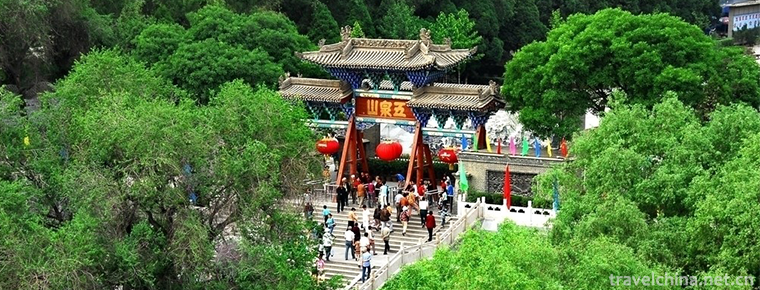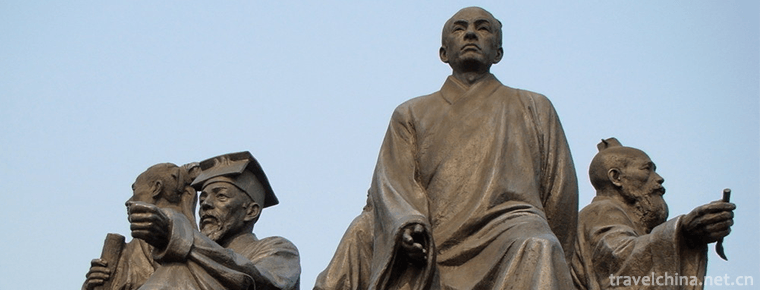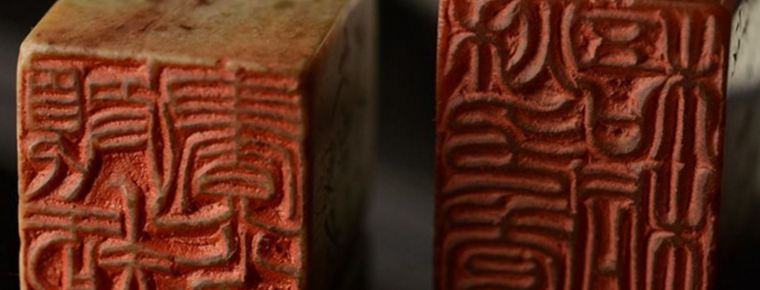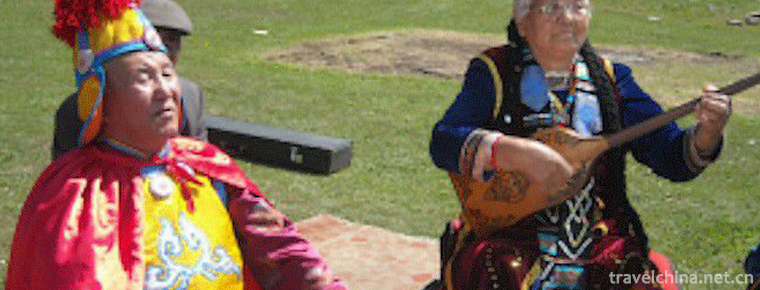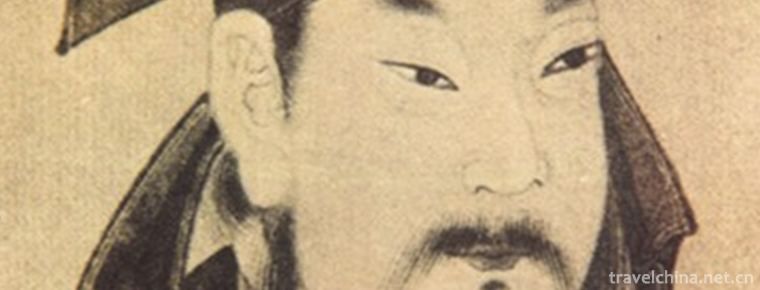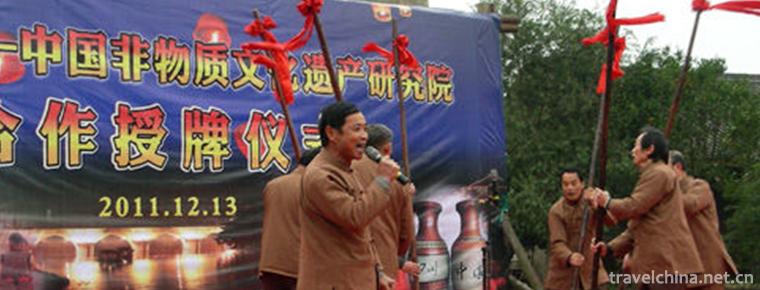Shaman Dance of Ewenki Nationality
Shaman Dance of Ewenki Nationality
Shaman dance of Ewenki nationality is a traditional dance of Ewenki nationality. It is a national cultural heritage of China and is spread in Genhe region of Inner Mongolia Autonomous Region.
The word "Shaman" originates from the Manchu-Tungusic language and originally means "people who dance with excitement". Later it became the general name for Shamanist wizards. Shaman dance is a kind of sacrificial dance of primitive Shamanism in China. It is performed by wizards and wizards respectively as a witchcraft activity to dispel illness and heal disaster and pray for God's protection. Its performance occasions include curing illness, wishing a good harvest in the coming year during the Spring Festival, and the Shaman Festival, which is similar to the temple fair in the Han District.
On May 23, 2011, Ewenki Shaman Dance was listed in the third batch of national intangible cultural heritage list by the State Council.
Background introduction
The word "Shaman" originates from the Manchu-Tungusic language and originally means "people who dance with excitement". Later it became the general name for Shamanist wizards. Shaman dance is a kind of sacrificial dance of primitive Shamanism in China. It is performed by wizards and wizards respectively as a witchcraft activity to dispel illness and heal disaster and pray for God's protection. Its performance occasions include curing illness, wishing a good harvest in the coming year during the Spring Festival, and the Shaman Festival, which is similar to the temple fair in the Han District. ?
Shamanist wizards dance in sacrifice, exorcism and disease elimination activities. Shaman dance shows the connotation of primitive religion's belief in animism and totem worship. When dancing, the wizard's clothes are decorated with animal bones and teeth. The drums are not only magic instruments but also accompaniment instruments. Some of them are decorated with antler caps, bear caps or eagle feathers. Actions are also largely analogous to beasts or eagles. By the middle of the 20th century, there were still remains among more than a dozen northern nationalities in China, such as Mongolia, Oroqen, Manchu, Hezhe and Uygur. Shaman dancing takes place in prayers, incantations, chants and drums, full of mystery.
Style and characteristics
Basic motion
The basic characteristics of Ewenki Shaman Dance are hand-beating skin drum (i.e. grabbing drum). Its waist throwing is not strong enough, and its steps are mostly walking, swinging and jumping. When dancing, chant prayers or incantations while beating drums.
Grabbing drums in the dance is very rich in action, very skilled. The method of grasping drums is to insert the middle finger (or pinky finger) of the left hand into a small circle first, and then grasp the big circle with a full hand. With a drumstick in his right hand. In this way, hands can be waved at will.
The grasping drum movements of Shaman of Ethnic Minority can be divided into several kinds, such as smashing drum, semi-rotating drum and rectifying drum. The footsteps can be divided into two basic forms: walking and swinging step.
Breaking drums means holding drums in the left hand and standing between the chest and waist, beating drumsticks rhythmically in the right hand and bowing to the four sides. Then the dancer sat down and tilted the drum face. After beating the drum, he sang a divine invitation called "Elo". Half drum, that is, the drum face up and down repeatedly flipped action. The drumstick hits the drumstick from top to bottom when the palm of the drum is up; the drumstick hits the drumstick from bottom to top when the back of the hand is up.
The way to turn the drum is to hit the drum face (over the shoulder position) when the wrist is turned up from outside to inside, and beat the drum face again when the drum face is turned down (waist crotch position) wrist is turned from inside to outside, so that the cycle is continuous. The skilled shaman works like a drum with a sphere in his hand, turning around and hardly seeing the sign of turning his wrist up and down.
Dancing footsteps: Walking (forward, backward), first with the right foot down on the ground, then with a step; the other with a step before a step. Rotating step, two feet flat in place rotation, first right, then left. In addition, dancing skills such as "ground roll" are also available.
Prop
Grab drum is a kind of round one-sided drum with about half an inch thick and no handle. Its size can also vary from person to person. Shaman grasping drum preserved in Ewenke Banner, Nantun, has a diameter of 70 cm and a thickness of 5 cm. The drum band is made of elm, and the drum face is covered with animal skins (formerly wolf skins). The center circle on the back of the drum and the small circle on the side are made of horns, and the circle is complete without seams. The center circle and the inner side of the drum band are fastened with sheepskin ribbon. In addition, there are two thick wires on the inner side of the drum, each wearing nine small copper coins. The drumstick is about 35 centimeters long. It uses rattan or bamboo as its skeleton and is covered with roe skin. The lower end of the drum mallet can be tied to a number of color spikes with inch width.
Shamanist wizards dance in sacrifice, exorcism and disease elimination activities. Shaman dance shows the connotation of primitive religion's belief in animism and totem worship. When dancing, the wizard's clothes are decorated with animal bones and teeth. The drums are not only magic instruments but also accompaniment instruments. Some of them are decorated with antler caps, bear caps or eagle feathers. Actions are also largely analogous to beasts or eagles. By the middle of the 20th century, there were still remains among more than a dozen northern nationalities in China, such as Mongolia, Oroqen, Manchu, Hezhe and Uygur. Shaman dancing takes place in prayers, incantations, chants and drums, full of mystery.
Historical evolution
The cultural characteristics of Shamanism and Shamanism-Shamanism originated in ancient times. According to historical records, the ancestors of Shamanism in northern China, such as Sushen, Hun, Wuhuan, Xianbei, Rouran, Turkic, Uighur and Sturgus, all had primitive religious activities related to Shamanism. Shamanism later developed into a religion widely believed by the Altaic peoples living in northern China. These peoples had or still had economic life of hunting and nomadism. Shaman is the general name of Shamanist wizards, which originates from the Tungusic language of "people who are agitated and crazy to dance". Shaman (sorcerer) is called differently by different nationalities, but they have been trained strictly to master all kinds of magic and skills.
Shaman dance, commonly known as "Dancing God", is a dance performance performed by wizards in sacrificial rites, invitations to gods, healing and other activities. It belongs to the primitive dance of totem worship and animistic religious concept. It still remains in Mongolia, Manchuria, Xibo, Hezhe, Daur, Orunchun, Ewenki, Uygur, Kazakh, Kirgiz and other nationalities. The cultural characteristics of Shamanism are embodied in the myths and stories related to shamanism, the lyrics of inviting gods, the beating of drums and the use of various artifacts. The divine songs of Shaman dancing gods are mostly handed down orally. Their lyrics not only reflect the national psychology of Shaman, but also describe the image of Shaman dancing. Shaman dance is a reflection of people's primitive fishing, hunting, collecting, farming, animal husbandry and other working life in the development stage of maternal clan-paternal clan, and a reflection of the primitive concept of totem worship of animals, plants and inanimate animals. Shamanism myths and legends are mostly related to animals, so there are many images of bears and other animals in Shamanism dance.
From the modern Shaman's sacred clothes, magic instruments and divine dancing, we can also see the traces of primitive culture in which primitive clan life and natural worship, totem worship and ancestor worship came into being. For example, the Ewenki Shaman-Niula interprets the 12 pairs of small iron pieces sewn on the god's clothes as 12 pairs of ribs, which can cure diseases and eliminate disasters; the Daur Shaman-Huang Ge interprets 360 shellfish on the god's clothes as 360 days a year, with 24 waistbands on her waist, expressing 24 solar terms, the Daur people worship eagles, and there is a simulated Eagle image in the dance; the Ewenki Shaman dances. Dresses should be adorned with animal bones and teeth. Drum grabbing is both a magic instrument and accompaniment instrument. Drum face and drumstick are wrapped in animal skin. There are images of simulated bears and eagles in the performances. Shaman of Oroqen nationality wears deer horn God hat and deer and bear in the performances. Shaman of Hezhe nationality grabs drums with deer skin. Every spring and autumn, Shaman dances deer god.
Protection status
Historically, the Ewenki people have such branches as "Solon", "Tungus" and "Yakut". The first two tribes have been engaged in agricultural and animal husbandry production, while the one living in Aoluguaya is Yakut, which means "the deer tribe". The Aoluguaya Ewenki people are called "the last deer tribe in China". Shaman is the primitive belief of this nation. Shaman dance contains the unique spiritual value and cultural gene of Aoluguaya and Ewenki, maintains the unique cultural root of Aoluguaya and Ewenki, and has important spiritual and cultural value in the development history of Aoluguaya and Ewenki.
At present, the Aoluguya Ewenki "Shaman Dance" has faced the danger of losing its heritage. In order to inherit and carry forward the excellent traditional culture of the Chinese nation, since the State started the protection project of intangible cultural heritage in 2005, the Shaman Dance Protection Working Group was set up in Genhe City, Inner Mongolia. The Shaman Dance and other intangible cultural heritage of the Aoluguya Ewenk hunting nation were comprehensively excavated and sorted out, so that the hunting ethnic culture with a small population could be acquired. To effective protection and inheritance.
On May 23, 2011, Ewenki Shaman Dance was listed in the third batch of national intangible cultural heritage list by the State Council.

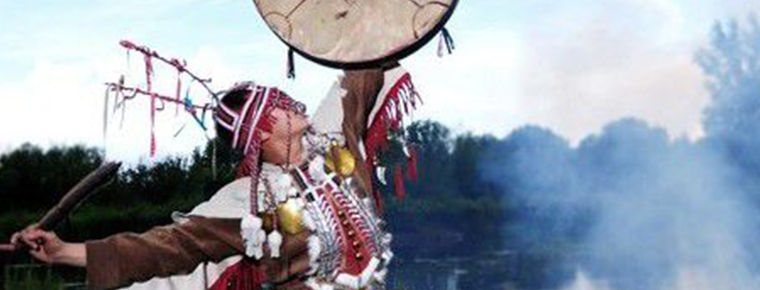
-
Big and Small Size Dongtian Scenic Spot
The Size Dongtian Scenic Area (formerly known as the Haishan Scenic Spot and Aoshan Scenic Spot) is located in the southern corner of Nanshan Province, 40 kilometers west of Sanya City.
Views: 152 Time 2018-12-12 -
Five spring mountain
Wuquan Mountain is located at the northern foot of Gaolan Mountain, south of Lanzhou City. It is a famous Longshang resort with a history of more than 2,000 years.
Views: 151 Time 2018-12-22 -
Shigu Academy
Shigu Academy, located in Shigu Mountain, Shigu District, Hengyang City, an important city in central and southern Hunan Province, is the birthplace of Huxiang .
Views: 204 Time 2019-02-08 -
Construction Techniques of Wood Construction of Dong Nationality
Dong's wood construction and construction skills, the traditional architectural skills of Sanjiang Dong Autonomous County, Guangxi Zhuang Autonomous Region, one of the national intangible cultural her.
Views: 211 Time 2019-04-28 -
Jiali Folk Stories
On May 23, 2011, Jiali Folk Stories were approved by the State Council to be included in the third batch of national intangible cultural heritage list..
Views: 379 Time 2019-05-05 -
Jinshi seal carving
Epigraphic seal carving is an ancient Chinese traditional arts and crafts, which belongs to an important part of Chinese stone culture. As the birthplace of inscription, Xiling Seal Press has been lis.
Views: 298 Time 2019-05-07 -
Mongolian Topshore Music
Topshore is a unique short-necked woody plucked string instrument of Mongolian nationality in Xinjiang. It is beautiful in shape, simple in manufacture, graceful in timbre and easy to carry. It is esp.
Views: 329 Time 2019-06-04 -
Legend of Wang Xizhi
Wang Xizhi's legend is a local folklore in Shaoxing City, Zhejiang Province. Wang Xizhi has few words. Jin Dynasty, one of the most famous calligraphers in China, once served as a general of the Right.
Views: 203 Time 2019-06-26 -
Make a chant
Bamboo and hemp trumpet is a traditional folk song of Qionglai City, Sichuan Province. It belongs to a kind of labor trumpet sung by local papermaking workers when playing bamboo and hemp. It is mainl.
Views: 146 Time 2019-08-03 -
Kangding yak meat
There are many wild medicines such as Fritillaria, Cordyceps and so on growing in these areas over 3500 meters. Yaks often eat these herbs, and their meat is incomparably delicious. After being killed, they can be roasted in brown sauce, stewed or dried in the cold.
Views: 200 Time 2020-12-06 -
Sports in Panzhihua
By the end of 2018, Panzhihua had 21 stadiums (gymnasiums), 56 sports social groups at all levels, 694 national fitness routes and 263 social sports guidance stations. The city's various sports teams won 80 gold medals, 91 silver medals and 72 bronze medals in provincial competitions. 124 national fitness activities were held throughout the year, with 460000 participants..
Views: 323 Time 2020-12-14

